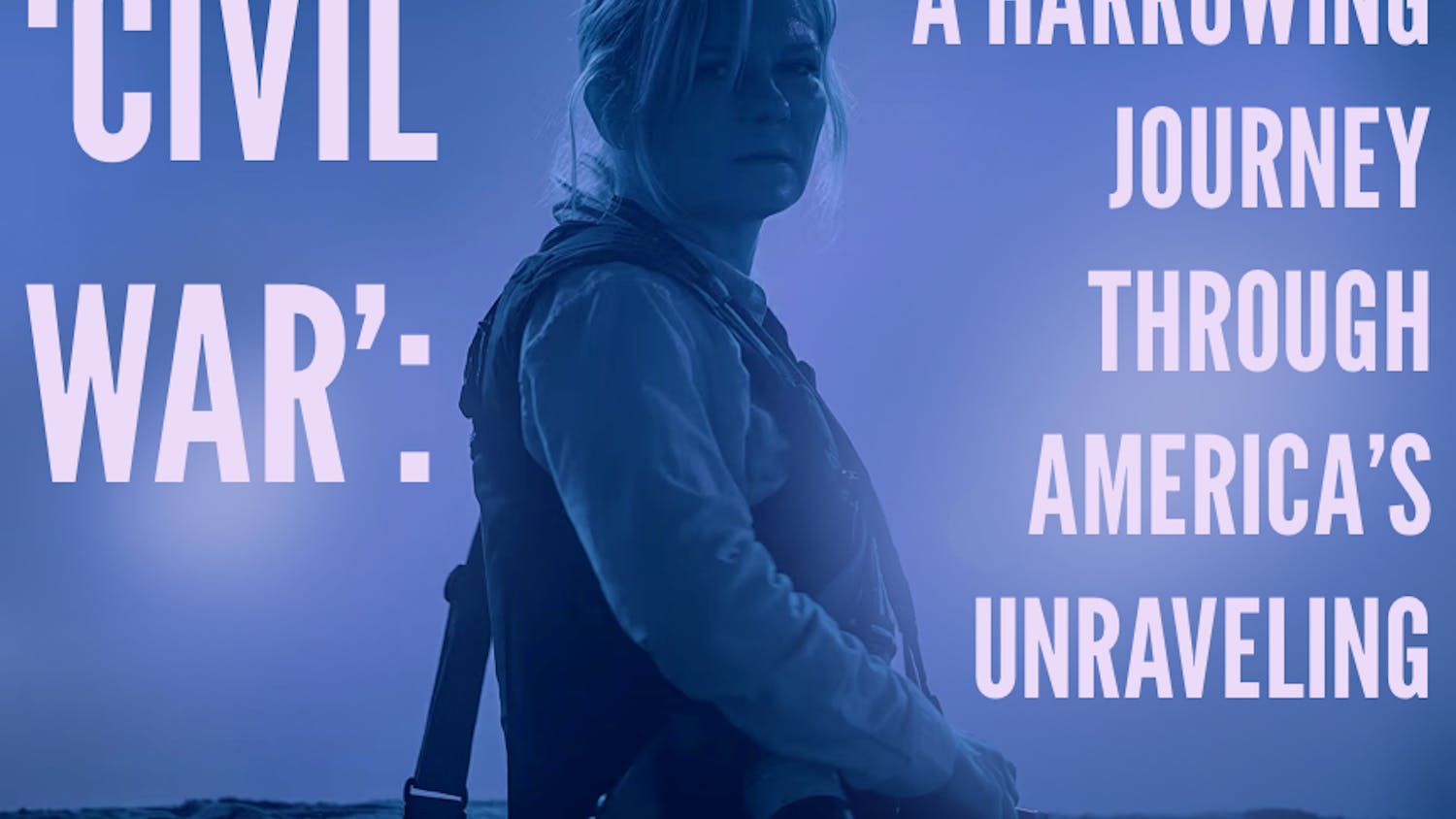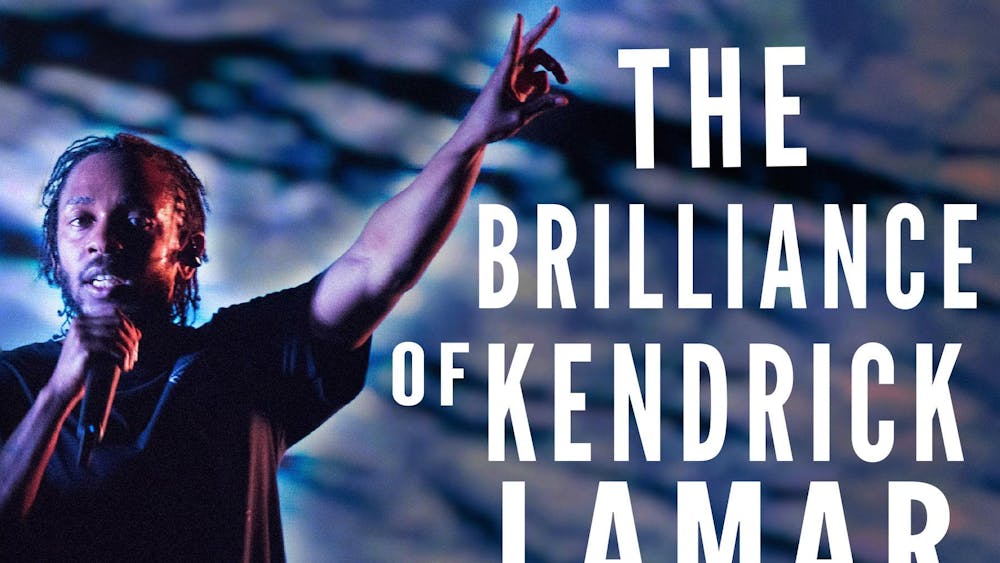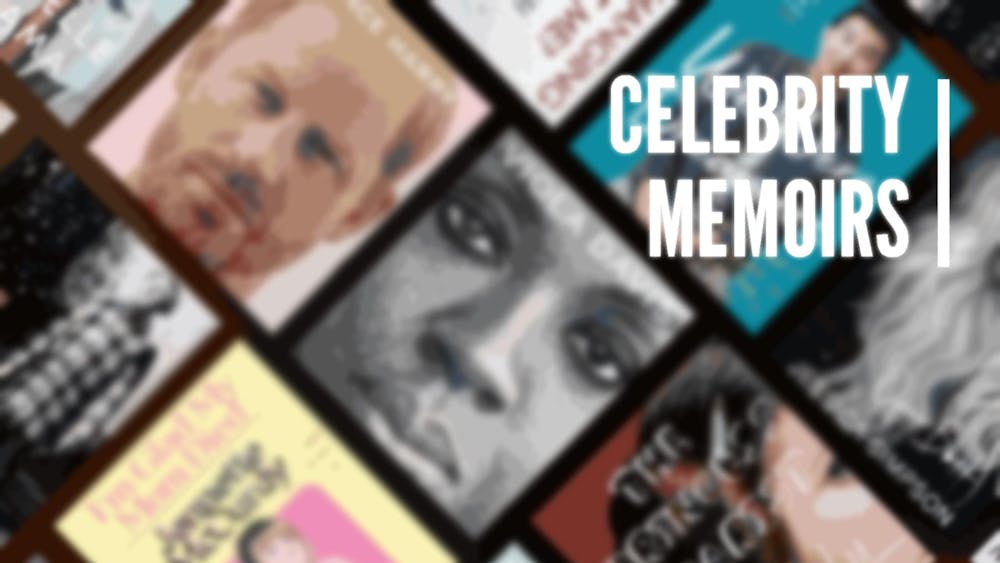"It all ends here." So reads the first poster released for "Harry Potter and the Deathly Hallows: Part 1." This tagline seems to balance a strange mix of hope and dismal despair in it, and so too does the first chapter in the final film installment of the "Harry Potter" franchise. Gone are the cloistered-but-inviting walls of Hogwarts School of Witchcraft and Wizardry. Gone are the carefree days of Quidditch and blossoming romance that so dominated the most recent film, "Harry Potter and the Half-Blood Prince." And most importantly, gone are the ever-present and ever-knowledgeable adult mentors on whom Harry so often relied.

Instead, it is not far into the film that Harry Potter (Daniel Radcliffe), Hermione Granger (Emma Watson) and Ron Weasley (Rupert Grint) find themselves alone, running and hiding from the evil Lord Voldemort (Ralph Fiennes), his cruel henchmen and the corrupt magical government, the Ministry of Magic. None of their old haunts are safe and so, while on a mission to destroy all of Voldemort's horcruxes — magical objects that contain a piece of his soul — they must travel throughout the wilderness with only a tent, a couple of spells and each other to keep them safe and hidden. But, naturally, problems arise and the trio can no longer run from place to place in complete secrecy.
By the end of the film, Harry, Ron and Hermione have had a few too many close calls with their enemies and must change their course if they are to destroy the remaining horcruxes, uncover the mystery of the mythical Deathly Hallows and end Voldemort's tyrannical, Muggle-hating rein once and for all.
Here lies the central difference between "Deathly Hallows" and any and all previous Potter stories — not only is Voldemort back, he is in power and the stakes are at their highest. Harry's greatest ally, Albus Dumbledore, is, for all intents and purposes, gone. Yet it has never been more clear that all hope for the Wizarding world, and humanity in general, rests in Harry Potter, the only one who can defeat Voldemort.
This film, then, no longer feels like a series of stories that are leading towards whatever Harry's final moment will be — this is it. The ante has been upped and Harry can no longer wait for the answer to come to him. Rather, he must seek it out himself, with the help of some very loyal friends.

The films, like the books they are adapted from, have been growing continuously darker, making notable turns in "The Prisoner of Azkaban" and "The Order of the Phoenix" (the first of director David Yates' "Potter" films). However, that darkness is more palpable in this installment than ever before. Not only is the film stylistically and aesthetically darker, it alludes to pieces of other literature and to history to create a vivid depiction of the true horror of that is Voldemort's wizarding world, drawing on images of the terrifying creatures from J.R.R. Tolkien's "The Lord of the Rings" and references to totalitarian governments of the not-so-distant past.
"Deathly Hallows" has also moved from scenes that might frighten only young children to ones that had the mostly teenage and young 20-something audience audibly gasping in fear and suspense. But this eeriness never feels unnecessary. Rather, the many deaths, injuries, scenes of torture and all things in-between serve as an essential and constant reminder that this is no longer the story of a boy wizard — it is, at its core, a war between good and evil.
In the past, the tremendous performances by many of the adult characters, most of them renowned British screen and stage actors, anchored the sometimes cheesy, childish films, whose main characters were still learning the craft of acting as the films were being made. And while all of the young actors, including Radcliffe, Grint and Watson, have much to learn, "Deathly Hallows: Part 1" is really a showcase of just how much they have grown as performers since their turns in "The Sorcerer's Stone" nearly 10 years ago. Those three, specifically, have become talented actors, capable of handling very dense, mature material despite their age (Radcliffe is 21, Grint 22 and Watson, 20). Radcliffe continues to carry the film while Grint is allowed to be more than just comic relief. Most noteworthy is probably Watson, who has gone from a master of acting with her eyebrows to giving a much more nuanced performance in this film.
"Deathly Hallows" also gave the actors their best material to work with. Screenwriter Steve Kloves, who wrote all of the screenplays except for "The Order of the Phoenix," has here crafted his best script. Perhaps it is because all of the previous films were written before the final book had been released, leaving the trajectory of the story somewhat ambiguous. It may also be in part because Kloves was required to cut much less of the book's material thanks to Warner Brothers' decision to divide the book into two separate films.
Whatever the reason, "Deathly Hallows" is the most cohesive and compelling script in the series. For every moment of tension, fear or death, Kloves added in very welcome doses of comedic relief to ground the film in its rich, warm and comforting past. Though Harry has been taken from everything he knows, the film makes sure to constantly remind the audience of how and why they connected with the Boy Who Lived in the first place. Unfortunately, Kloves could not completely banish some of the film's cheesier moments, but they are few and far between, and often taken directly from text from the book itself.
Cuts to the original story obviously had to be made. However, Kloves, Yates and all others involved in the film made them appropriately, leaving all major plot points in and cutting a lot of ultimately unnecessary, though wonderful, minor storylines. The film moves at a quicker pace than J.K. Rowling's novel did, making the story more appropriate for film than the original may have been.
A few scenes were added as well, notably one in which Hermione wipes her parents' memories and sends them to Australia and one in which Harry tries to comfort a distraught Hermione by dancing with her. The first is brief, yet touching. The second, though it adds some unwarranted sexual tension, serves as a reminder that these are two teenagers, best friends but completely alone, bearing the weight of the wizarding world on their shoulders. They look ridiculous dancing together, but it enhances the reality of their situation and is a welcome reminder of the deep friendship that lies beneath this civil war. However, a final longing look from Harry threatens to ruin the entire moment.
The film ends at an appropriate point. It combines both a much-needed scene of sentimentality with one of menace and a view of what's to come in "Part 2."
"Deathly Hallows: Part 1" is easily the best film to date. It remains true to the book, yet makes for a fantastic piece of cinema in-and-of-itself. It feels so different from the others, lacking much of what seems to define the "Potter" universe most. However, it also feels like the first act in the culmination of the story and of all the films, sure to lead to a dramatic and climactic close when "Part 2" hits theaters in July.












